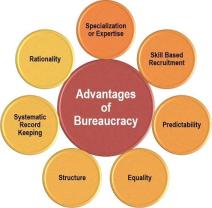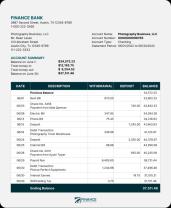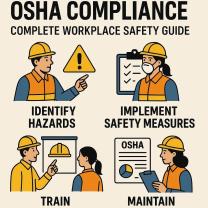What are the three steps of business writing?
The process of business writing typically involves several key steps to ensure clarity, effectiveness, and professionalism. While different sources may break down the process in various ways, a common approach involves three main steps:
Planning:
- Define Purpose and Audience: Clearly understand the purpose of your business writing and identify your target audience. Whether you're writing a report, proposal, or email, knowing your audience helps tailor your message appropriately.
- Gather Information: Collect all necessary information and data relevant to your writing. This may involve research, interviews, or data analysis, depending on the nature of your business document.
- Outline or Structure: Organize your thoughts and information logically. Create an outline or structure that outlines the main points, supporting details, and any key arguments or recommendations you want to convey.
Drafting:
- Start with a Clear Introduction: Begin your business document with a clear introduction that outlines the purpose and main points. The introduction should grab the reader's attention and provide an overview of what to expect.
- Develop Coherent Body:
- Present your main ideas in a logical sequence. Each paragraph should focus on a specific point and provide supporting details.
- Use clear and concise language. Avoid unnecessary jargon or complex language that may confuse the reader.
- Craft a Strong Conclusion:
- Summarize key points.
- Reinforce the main message or purpose.
- Include any necessary calls to action or next steps.
Revising and Editing:
- Review Content and Structure:
- Ensure that your writing flows logically from one point to the next.
- Verify that all information is accurate and relevant to your purpose.
- Check Language and Style:
- Eliminate unnecessary words or phrases to enhance clarity and conciseness.
- Ensure that your tone is appropriate for the audience and purpose.
- Use active voice and strong verbs for a more dynamic writing style.
- Proofread for Errors:
- Check for grammar, punctuation, and spelling errors.
- Verify formatting and consistency in font, spacing, and other visual elements.
- Get Feedback:
- If possible, have someone else review your document for a fresh perspective.
- Consider feedback from colleagues or supervisors to improve the overall quality of your writing.
- Review Content and Structure:
By following these three steps—planning, drafting, and revising/editing—you can create business documents that are well-structured, clear, and effective in conveying your intended message to your audience.
What are the key components of an effective business writing process?
Effective business writing requires clarity, conciseness, and persuasion, all delivered within a structured and well-thought-out process. Here are the key components that make that possible:
1. Planning and Analysis:
- Define your purpose: What do you want to achieve with this writing? Are you informing, persuading, or requesting something?
- Know your audience: Who are you writing to? What is their level of knowledge and interest in the topic?
- Gather information: Research and collect relevant data to support your message.
- Organize your thoughts: Create an outline to structure your writing and ensure a logical flow of ideas.
2. Writing and Drafting:
- Start with a strong hook: Grab your reader's attention from the very beginning.
- Use clear and concise language: Avoid jargon, technical terms, and ambiguous phrasing.
- Focus on the main points: Stick to your key message and avoid unnecessary tangents.
- Use active voice: Write in a direct and engaging manner.
- Vary sentence structure: Keep your writing dynamic and avoid monotony.
3. Revision and Editing:
- Proofread carefully: Check for grammar, spelling, and punctuation errors.
- Ask for feedback: Get feedback from colleagues or others who understand your audience.
- Revise and refine: Edit your writing for clarity, conciseness, and accuracy.
Additional Tips:
- Use visuals strategically: Charts, graphs, and images can enhance your message and make your writing more visually appealing.
- Maintain a professional tone: Avoid informal language and slang.
- Respect your readers' time: Keep your writing concise and to the point.
- Follow appropriate formatting: Use proper heading styles, bullet points, and spacing for readability.
Remember, effective business writing is not just about conveying information, it's about communicating your message effectively and achieving your desired outcome. By following these key components and continuously honing your skills, you can become a confident and impactful business writer.













